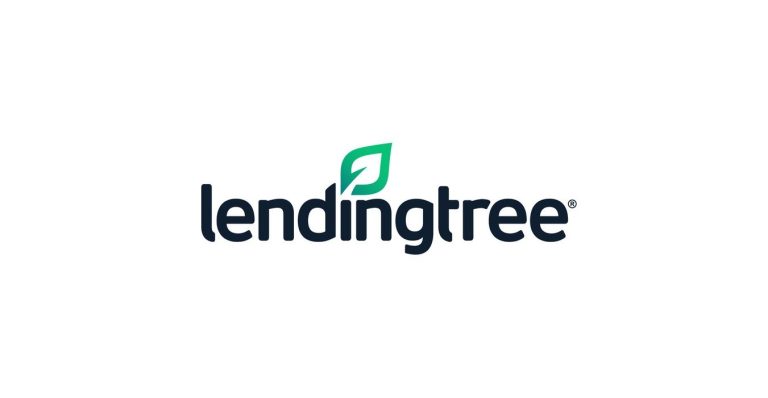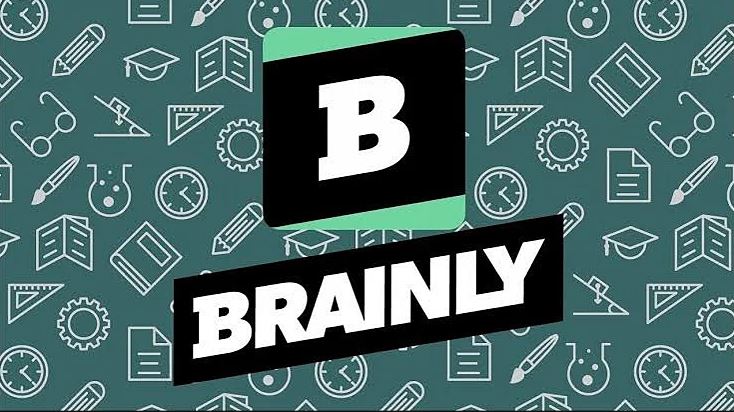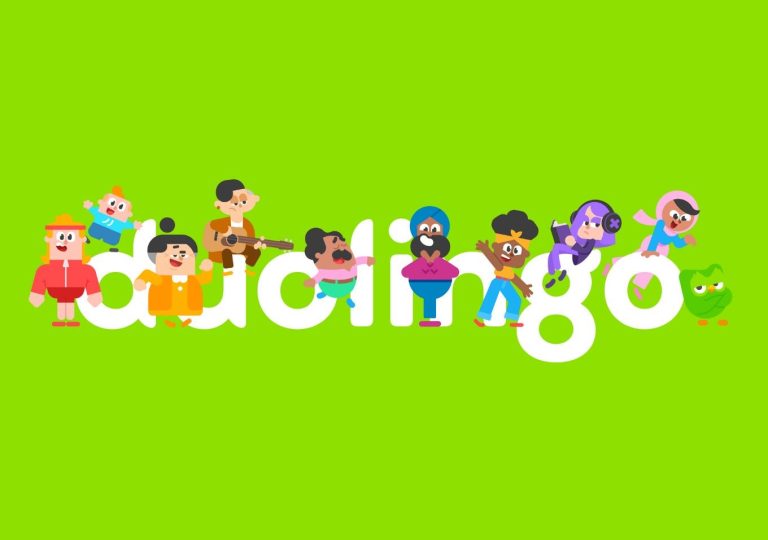Tools To Help You Visualize Data
In our data-driven era, the power to articulate complex datasets visually has become paramount. We’ve transitioned from a mere display of numbers to crafting compelling narratives that resonate deeply with our audience. Data visualization bridges the gap between intricate data structures and human comprehension, translating dense information into engaging, informative, and aesthetically pleasing formats.
Regardless of the field—be it business, academia, SEO, journalism, or beyond—harnessing the right visualization tool is pivotal to achieving clear communication. With a plethora of tools at our disposal, let’s understand which might serve your purpose best.
Homing In On Histograms and More: Classic Visualization Tools
Visualization tools have come a long way. What might first come to mind are rudimentary bar graphs or pie charts, yet the contemporary array of visualization instruments offers so much more. A pertinent mention here is the histogram chart, which is apt to illustrate the distribution of a dataset. However, these tools span a wide spectrum, each bringing a unique flavor to the table.
Microsoft Excel: Often perceived as the cornerstone of data visualization, Microsoft Excel has proved its mettle over the decades. Though some might argue its simplicity pales in comparison to newer entrants, Excel’s comprehensive array of charts and graphs, combined with a familiar interface, makes it a staple in many professionals’ toolkits.
Tableau: Venturing into the advanced realm, Tableau has carved a niche for itself. It’s not just a tool; it’s a canvas where raw data transforms into interactive visual masterpieces. The intuitive drag-and-drop functionality ensures users, regardless of their expertise, find a comfortable space to craft their visual narratives.
Google Data Studio: An offering from the tech giant, Google, Data Studio is tailor-made for crafting dashboards and comprehensive reports. Its primary allure lies in its zero-cost structure and the inherent capability to fashion shareable insights seamlessly.
Journeying into the Digital Realm: Web and Mobile Visualizations
The digital transformation has ushered in a new era of visualizations tailored for web and mobile interfaces. These tools not only promise dynamic and interactive visual presentations but ensure easy integrations for websites and mobile applications.
D3.js: A brainchild of JavaScript, D3.js is a flexible library, designed for those who wish to steer their visualizations according to their whims. While it promises unparalleled customization, it demands a profound understanding of its intricate structure.
Highcharts: Sharing the JavaScript lineage, Highcharts distinguishes itself with its user-friendly demeanor. It gracefully balances the spectrum, offering simplicity for the novices and intricate interactive visualizations for the seasoned.
Plotly: A versatile entity, Plotly extends its embrace to Python, R, and JavaScript enthusiasts. Renowned for forging interactive web-based graphs, it’s a favored choice for coding aficionados spanning various languages.
Empowering the Non-Coder: Tools for Everyone
The realm of data visualization isn’t restricted to coders or data aficionados. A slew of tools ensures that even those devoid of technical background can weave captivating visual tales.
Canva: Originally a design-centric platform, Canva has expanded its horizons to include data visualization. With an interface that promotes ease of use, it’s the go-to choice for those wishing to blend design with data, crafting elegant infographics.
Infogram: True to its name, Infogram champions the cause of infographics. A reservoir of templates awaits users, promising quick transformations of bland data into riveting visual stories.
Datawrapper: A journalistic gem, Datawrapper has been crafted keeping in mind the publishers and journalists. With no coding prerequisites, it offers a gamut of chart types and ensures that narratives find their rightful visual voice on the web.
Pioneering the Future: The Next-Gen Tools
The horizon of data visualization is ever-expanding, with technologies like Augmented Reality (AR) and Virtual Reality (VR) setting new benchmarks.
Tilt Brush by Google: A foray into the VR domain, this tool allows aficionados to paint their stories in a 3D space. An immersive experience awaits those eager to explore data from an entirely new vantage point.
Looker: Looker might not reside in the AR or VR realm, but its innovative approach to data visualization is worth a mention. Harnessing data blocks paves the way for layered visualizations, epitomizing the future of collaborative and modular data presentation.
Concluding the Visual Narrative
The journey of data visualization is akin to art. It’s the confluence of numbers and narratives, precision and creativity. With the tools mentioned above, there’s a promise of clarity, engagement, and profound understanding. As we navigate the vast seas of data in our professional endeavors, the beacon of the right visualization tool ensures we not only survive but thrive in our narratives. The essence isn’t merely to view data, but to experience, understand, and disseminate it in its most impactful avatar.







